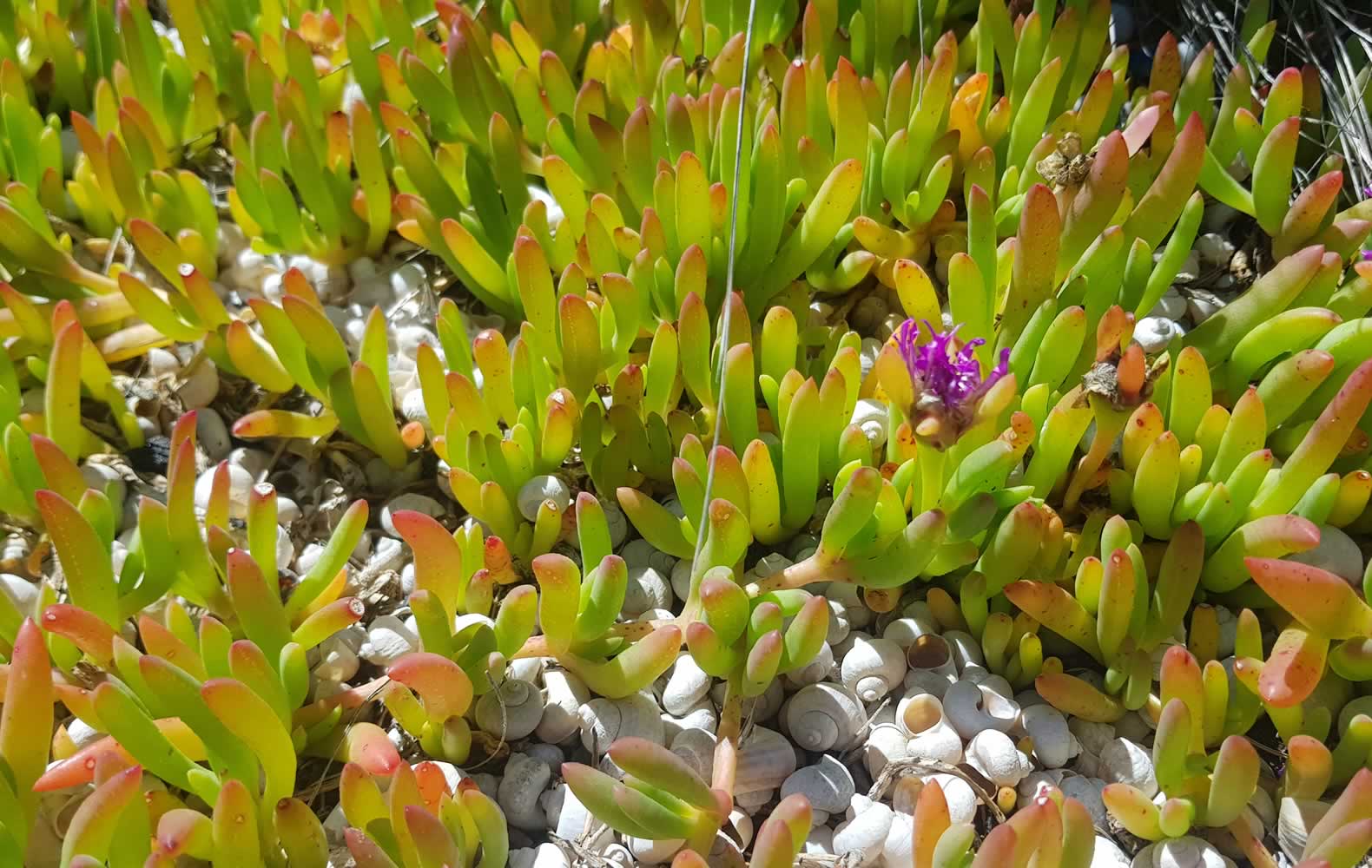State of the Derwent – 2020 Update

Pigface on the banks of the River Derwent.
Image: Inger Visby, Derwent Estuary Program
We’ve made it to the end of 2020 and we’d like to say thank you to all our supporters. Despite the challenging year, we are delighted to share with you our five yearly State of the Derwent Report—a monumental effort between DEP staff and partners who wrote, analysed data and provided technical feedback to create a comprehensive overview of the health of the Derwent estuary.
This report summarises trends in industrial and sewage discharges, monitoring results for swimming beaches, metal levels in water, sediments and seafood, and the condition of key habitats and species. The report also highlights actions taken to clean-up the Derwent during this time.
Key findings include:
- Recreational water quality at all Derwent beaches and bays is classified as either ‘good’ or ‘fair’ for the first time in over a decade.
- Process optimisation has helped decrease nutrients from outfalls at Cameron Bay and Prince of Wales wastewater treatment plants.
- The upper estuary experiences stress during summer and autumn due to nutrients and low dissolved oxygen.
- Metals continue to decline in water and surface sediments of the middle estuary but are still well above national guidelines across much of the Derwent.
- Metal levels in Derwent shellfish and bream are also well above national food safety standards and should not be eaten, while flathead and other Derwent caught fish can be consumed in moderation.
- The Derwent’s wetlands, seagrass beds, saltmarsh and rocky reefs filter pollutants, stabilise sediments, provide habitat for fish, birds and store carbon.
- Good progress made towards eradication of foreshore weeds (rice grass and karamu).
- Spotted handfish and Little Penguin populations are still low.
The State of the Derwent Report also summarises the many management actions undertaken over the past fifteen years, with a combined estimated value of over $200 million. Most recent actions include:
- Implementation of major groundwater remediation and stormwater treatment projects at Nyrstar.
- Construction of stormwater projects in the Hobart, Glenorchy, Clarence and Kingborough municipalities to capture and treat urban run-off.
- Construction of the new Blackmans Bay wastewater treatment plant.
- Process optimisation at existing WWTPs including Cameron Bay and Prince of Wales Bay
Download a full copy of the report (PDF, 30mb).
Monday 21 December 2020
